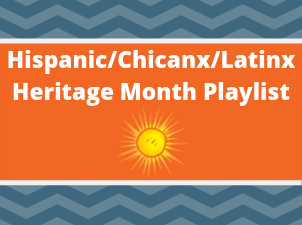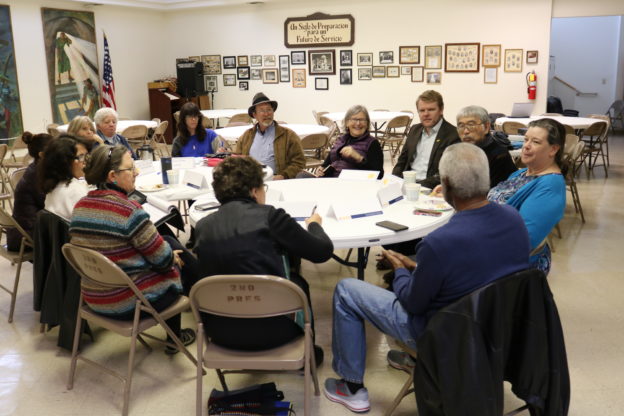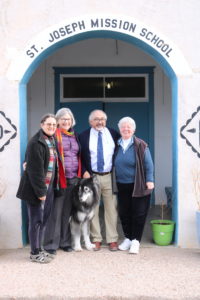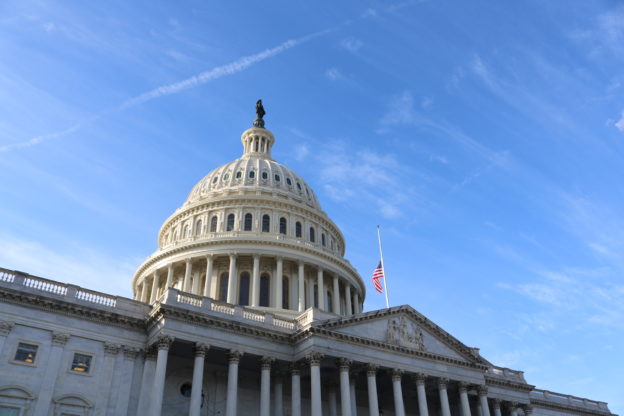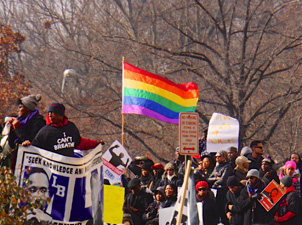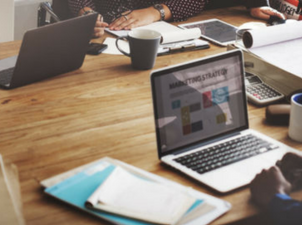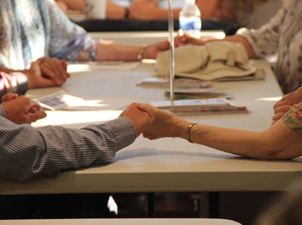
The Sounds of My People:
A Hispanic/Chicanx/Latinx Heritage Month Playlist
Ness Perry
October 11, 2019
As National Hispanic Heritage month comes to an end, I would like to acknowledge, affirm, and celebrate the generations of Chicanx, Latinx, and Hispanic folks who have enriched United States culture and society. Our heritage teaches us to reflect on those who came before you and those who will come after as a way to recognize your own worth. Here are some songs that represent the stories of triumph, tragedy, and everyday life of my people.
1. Mexico Lindo y Querido by Jorge Negrete
In 2016, when President Trump announced his race for presidency, he slandered my family by calling all Mexicans “rapists” and stating that they are “bringing crime” to the United States. Playing this song after President Trump denounced all Mexicans was my form of resistance against his hateful rhetoric. This song is considered to be a beautiful ode to the people of Mexico, written by Jorge Negrete, an iconic singer, songwriter, and actor originally from my family’s home state of Guanajuato, Mexico.
2. El Pueblo Unido by Quilapayun
A common chant heard at protests worldwide is, “A people united will never be defeated!” This chant has been appropriated from the Spanish languages’ “!La gente unida jamas sera vencida!” which was initially recited in 1974 after a military coup d’etat in Chile. The song was written by Quilapayun & Sergio Ortega and is known widely throughout Latinxamerica as a song meant to mobilize the people by singing as one voice, united through music.
3. Para Agradecer by Chicano Batman
Chicano Batman is a band that took the world by storm in the last few years, especially when they played Coachella Valley Music Festival in 2015. Although this is a love song, Para Agradecer thanks life itself in its chorus when singer Eduardo Arenas laments, “Gracias a la vida.” This song always reminds me to be eternally grateful to the universe and any other higher power for that matter. Life is always giving me reasons to be grateful, and I like to listen to this song in the morning to start my day off by thanking the universe in every way possible.
4. (Brown and Smart), Monstro by Downtown Boys
When I first moved to D.C. I didn’t realize how political the music I listened to would get – and then I saw Downtown Boys play one night at a little bar on U Street. Their album “Full Communism” had just come out and I fell in love with the punk and brown aesthetic that they push in almost every song. The short speech that precedes the song reminds me of why I am in justice work: I’m here to take up space and let it be known that my voice will not be overshadowed by white hegemony.
5. La Bamba by Richie Valens
Possibly the most widely known Latinx song in modern history, this song reminds me of being in my grandparents living room with my cousins while watching the iconic Hollywood dramatization of the story of Ricardo Valenzuela, also known as Ritchie Valens. Ritchie was only 15 when he died, but his legacy lives on in the souls of all Chicanx identified people. He was the first major Chicanx musician to break out onto the top 40.
Music has evolved in the United States and Latinx artists from today, like Bad Bunny, and Cardi B have broken out of their genres into the top 40, collaborating with Hip Hop, Pop and R&B artists alike. This Latinx/Chicanx/Hispanic heritage month I invite you to explore a genre of music rich with culture, struggle, and success.







